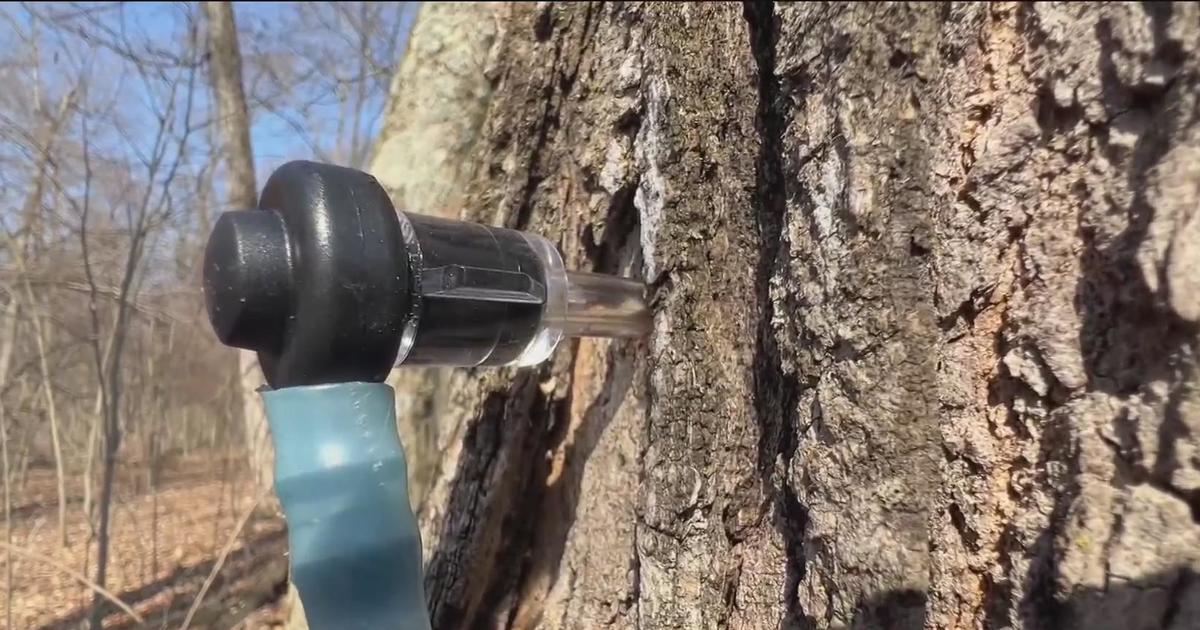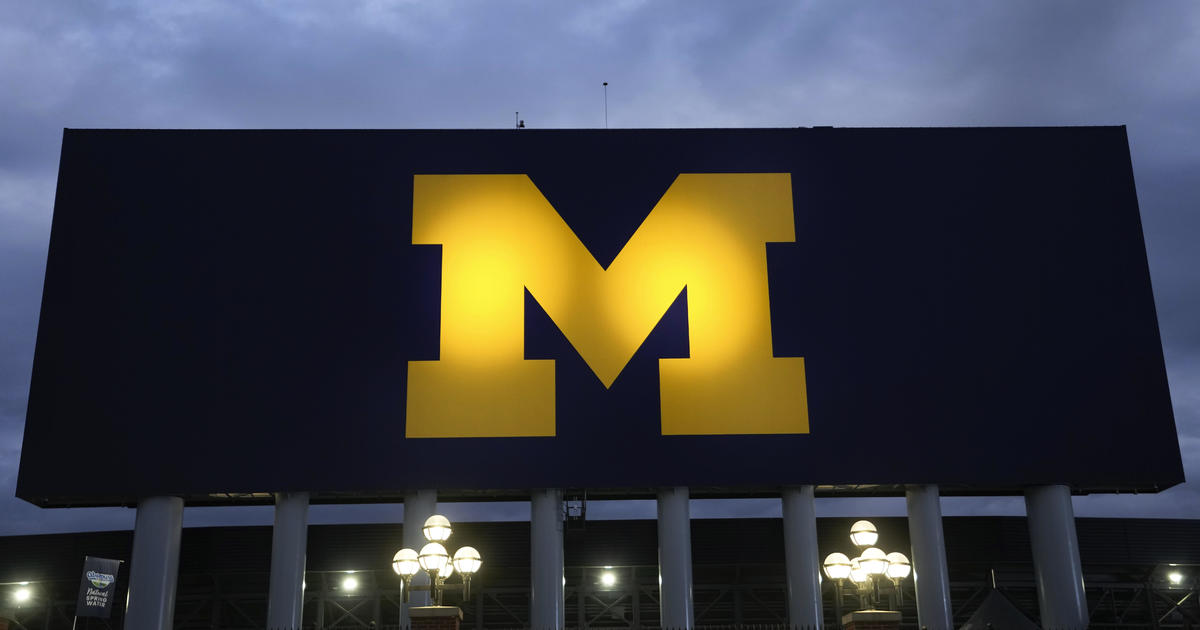Muskrat Love: Furs From West Michigan In Demand
PIERSON (AP) - High demand for fur in Asian markets means one thing for Michigan trappers - muskrat love.
Asian countries are buying raw material for fur garments from Michigan trappers, and muskrats - one of the most popular furs with foreign buyers - are among the most abundant fur-bearing animals in the state.
"The Chinese can't get enough of them," said Kevin Syperda, owner of Sy's Fur Shed, a fur buyer in Pierson. "We call (muskrat) the poor man's mink." Syperda says muskrats defy economics: They are in high supply and their demand is high, yet the price for them is going up for the third consecutive year. Manufacturers in China, South Korea and Russia are buying more fur than those in the United States are, Syperda said.
Muskrat pelts fetch as much as $10, depending on quality. Trappers, on average, catch between 50 and 100 each season. They take an average of eight hours after trapping to remove the fur from the body to be stretched and dried, Syperda said.
The Department of Natural Resources imposes no limit on muskrats. Trapping licenses cost between $6 and $150, depending on the trapper's age and residency status.
Fashion is the driving force in the fur market, Syperda said.
John Hayes, owner of Cascade Fur Salon, said his sales are "better than last year," and a muskrat's value comes from its similarity to popular mink fur.
"It's the coloring and the texture of it; it's soft like mink," he said. "It's being sold overseas, like in China, they're buying it. It's a very popular fur for what you get for the price."
Hayes said China is the No. 1 fur-buying country, and prices of all furs have seen increases because of its interest in what is considered a luxury item.
Hayes said he sells more mink than any other fur, followed by beaver. Raccoon, coyote and muskrat sales follow.
Mink coats run $3,800 or more "for a good one," Hayes said, while beaver coats are $2,500 and a raccoon or coyote coat is about $3,000. A muskrat coat often starts at a fraction of those costs.
The Fur Harvester Auction Inc., an Ontario-based auctioneer, told trappers in October to capitalize on the impending muskrat demand. "We are advising all trappers to start trapping muskrat the moment the season opens and target as many as possible," the company, one of the largest international marketers, wrote in its 2011-12 Fur Market Forecast report.
"Buyer demand is high now for 'rats, and no stock is available," the report said. "Our June sale average was over $10.00 US on spring 'rats, and many orders remained unfilled."
Harold Wolters, of Hudsonville, has trapped the animals since he was 9. Now in his 70s, he began when muskrats were eating carrots from his family farm, and his father taught him how to trap.
Wolters said he catches between 300 and 600 muskrats each year and said he has his most success at golf courses.
The increased popularity of muskrats means good things for Wolters and his hobby.
"They're up (in price) right now," he said. "Just about four years ago, all you'd get is $3.50 for one, for a real good one."
(© Copyright 2011 The Associated Press. All Rights Reserved. This material may not be published, broadcast, rewritten or redistributed.)



